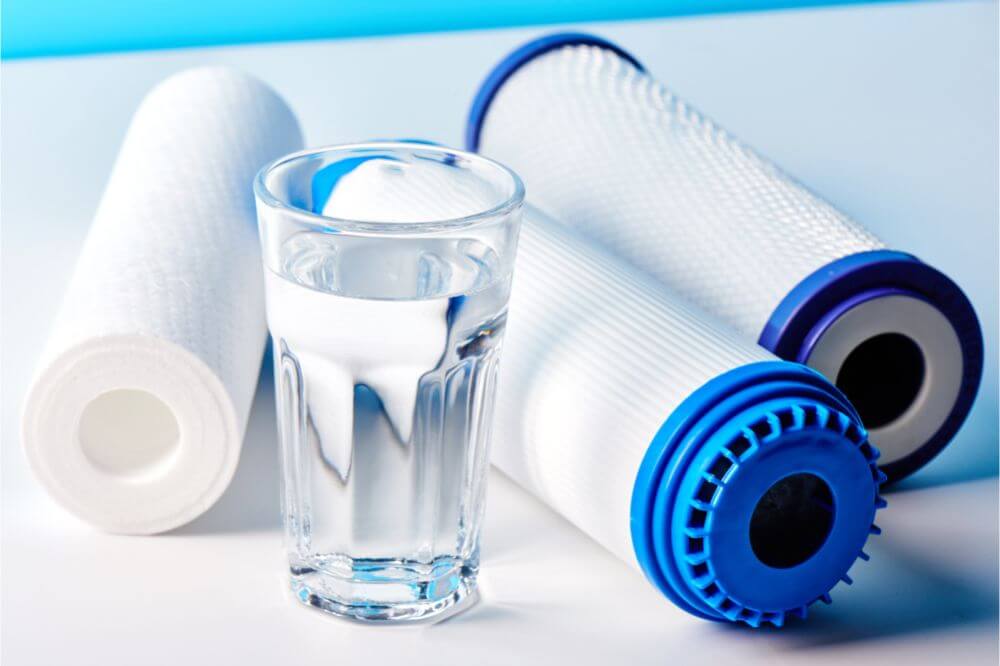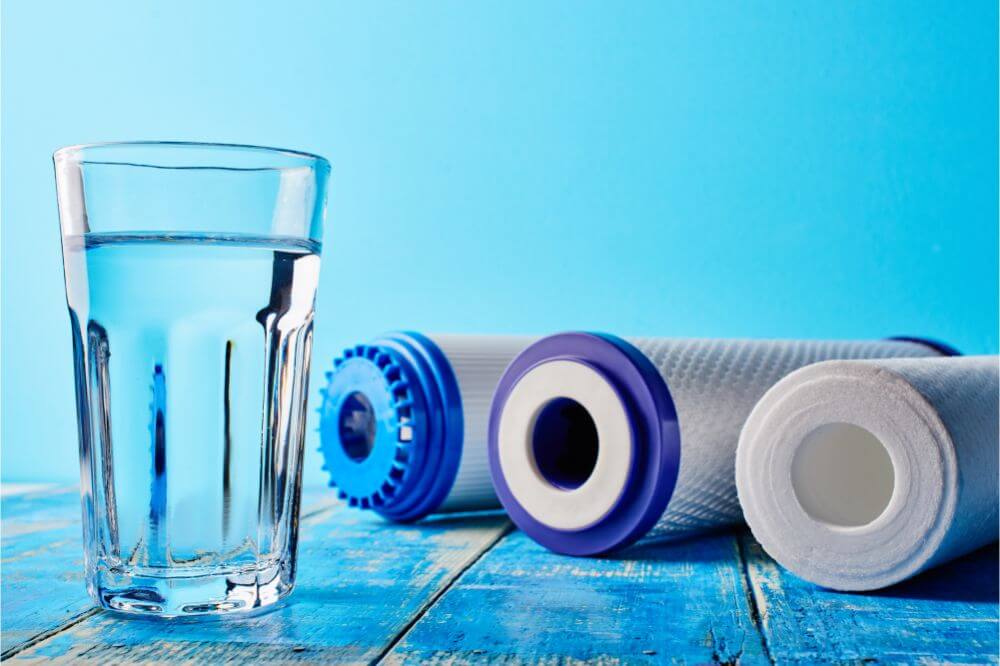We all need to make sure that the water supply in our homes is constant and clean. Not only do we need clean, healthy water for our survival, we also need it for everyday life, including for washing dishes, doing laundry, and bathing.
Unfortunately, no matter how good a municipality’s water supply is, there are always bound to be some contaminants in the water. This is why so many people use water filters and water purifiers.
But, what is the difference between the two? Read on to learn more about the water filter vs. water purifier argument.
Water Filter vs. Water Purifier
Water Filters
A water filtration system will separate contaminants from the water using filters or other types of physical barriers. Depending on how large the contaminants are, the filter’s pores can hold them in and only allow the clean water to flow.
In many cases, a water filtration system will use activated carbon (charcoal) to remove the microscopic contaminants, making your water safe to drink and cook with.
Not All Particles are Blocked
When you use a water filter, you can be sure that even the smallest particles will be caught in the filter, so your water is safe. These filters can hold dust, bacteria, and other microscopic particles that can cause unhealthy water.
The only downside is that water filters don’t remove chemical contaminants. This means that some toxins can pass through, and your water, while healthier than nonfiltered, isn’t as safe as it could be.
Don’t Be Too Afraid
Some water filtration systems can block smaller impurities. If you are considering using a water filter, it is better to use a whole house filter than one that attaches to the tap on your kitchen sink. A whole house filter will reduce contaminants in all water that comes into your home.
These filters use a sediment pre-filter. This will capture sediment and debris. Then, the water goes through KDF media, and heavy metals and some chemicals are filtered out.
Then, the water will travel to an activated carbon filter. This will remove many other contaminants, including such chemical compounds as chloramine, chlorine, PFOA, PFAS, pesticides, herbicides, and more. Finally, the system stops the channeling and creates contact time.

Water Purifiers
Water purifiers basically do the same job as water filters: removing impurities from the water in your home. A water purifier will eliminate more contaminants than a water filtration system can through chlorine or iodine use. The process also may use UV treatment, reverse osmosis, deionization, and/or distillation.
Most of the contaminants found in water can be removed with the use of a water purifier. Of course, this does depend on a few factors, including the size of the contaminants, the electric charge, etc.
The purification processes really do their job, and they can remove all water impurities. Not only will this make your water safer to drink, but it will also taste a lot better.
Purifiers are Safer
It is believed that water filters remove pathogenic bacteria from the water, but this doesn’t automatically mean that your water will be safe to consume. Many chemicals can be found in water these days, including fertilizers and pesticides, and these contaminants can lead to serious health issues, including some cancers.
Treatments Used
If you are really concerned about how safe your water is, a water purifier is a better option than a water filtration system. UV treatment will destroy bacteria and many living organisms, including viruses and spores.
The distillation process converts water into steam through evaporation and then turns it back into liquid to separate a lot of chemicals from the water. Other treatments include:
Deionization
This is a many-faceted process of purifying water. Deionization filters many solids from the water-based on the ionic charge of the solids.
Reverse Osmosis (RO)
This works much like a filter, but it forces them into a semi-permeable membrane rather than trapping particles.
This filters out the larger particles, and many systems do this in four stages: filtering to block out sediment and large contaminants; using a carbon filter to get rid of chlorine, pesticides, herbicides, and other contaminants; reverse osmosis to remove the metals; and carbon filtration, which is the final stage where the water is cleaned by removing any extra contaminants the first three stages didn’t remove.
Conclusion
It doesn’t matter how good your water supply is. It can always be better and safer, and all you have to do is invest in a water filtration system or a water purifier.
Many people choose to use both. That way, they can be absolutely sure that they will always have healthy water for human consumption, so it is always safe for drinking, cooking, and bathing.

